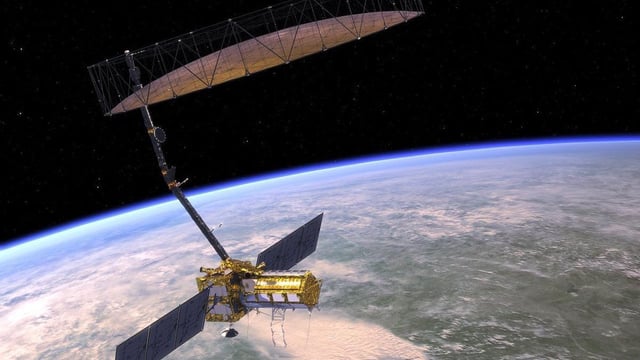Overview
- NISAR entered a 747-kilometer near-polar orbit on July 30 and is now undergoing mechanical deployment of its radar systems.
- The mission team will spend about one week extending a nine-meter boom and unfurling a 12-meter gold-coated reflector to support its dual-frequency radar payload.
- Its L-band sensor with a 25-centimeter wavelength and an S-band sensor with a 10-centimeter wavelength will enable surface monitoring through clouds, rain and vegetation.
- During each 12-day cycle the satellite will orbit Earth 14 times daily, rerunning its scans to detect surface changes at centimeter-scale resolution.
- After final calibrations, NISAR will begin scientific operations in late October to deliver data on infrastructure, agriculture and hazards like landslides and ice-sheet shifts to scientists and first responders.



